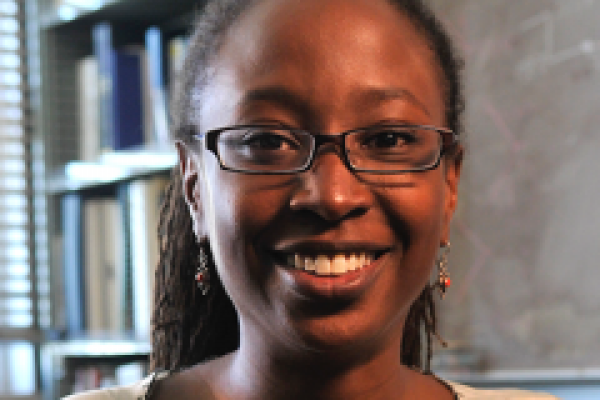
Natural models of electroweak symmetry breaking confront pressing questions about the structure of the Standard Model that the discovery of a 125 GeV Higgs boson leaves unanswered. These models typically predict massive new resonances that could be produced in LHC collisions and that have substantial decay rates to weak bosons and heavy quarks. In Run 1 of the LHC, ATLAS and CMS applied new techniques for resonance searches in hadronic decay channels that enhance the sensitivity to very massive states. The ATLAS experiment continues to search for diboson resonances with the more energetic collisions of LHC’s Run 2, and will soon be able to extend the reach of these searches to even higher masses. I will describe developments in jet substructure reconstruction and tagging and their application in recent ATLAS diboson resonance searches, and comment on the challenges facing us for Run 2 and beyond.
